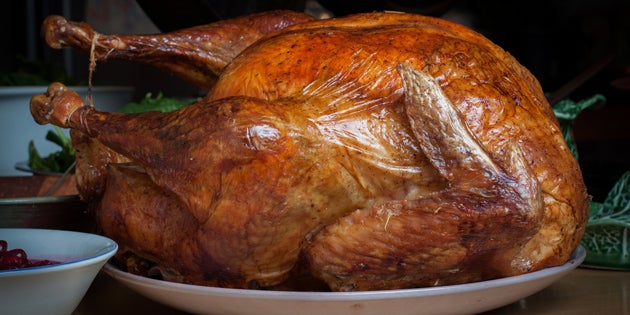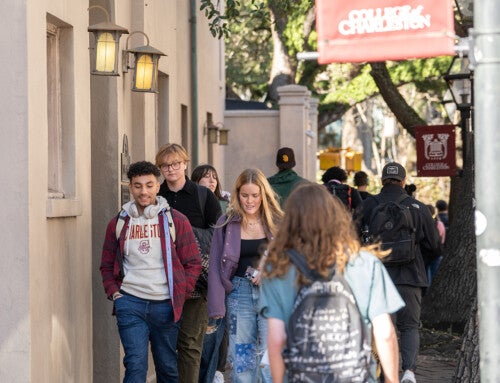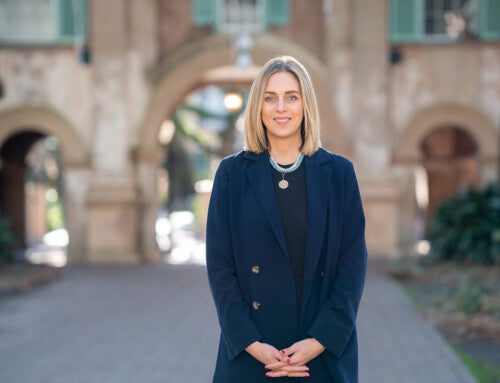Let’s be honest. Whole turkeys are hard to cook, and there are a lot of things that can go wrong.
The College of Charleston’s Executive Chef Tonya Mitchell is here to save the day!
She has been the executive chef for Aramark since 2011 and has spent years working for upscale hotels in the Southeast. In 2012, she came in second place at the Southeast Regional Aramark Culinary Excellence (ACE) competition and was the only female to place.
ARTICLE: Read more about the ACE competition.
Believe it or not, Mitchell won’t be cooking Thanksgiving dinner for her family – her mom will – and the menu is truly Southern with yams, sweet potato pie, collard greens, mac ‘n cheese and cornbread.
No matter who is cooking your Thanksgiving meal, Mitchell has a few tips for avoiding disaster.
1. Test new recipes BEFORE Thanksgiving!
“Don’t try a new recipe for the first time on Thanksgiving!” Mitchell advises. “That is the biggest mistake people make, and many times it really does end in disaster. Or pizza.”
2. Thaw your turkey.
It might sound like a no-brainer, but it takes days for a frozen turkey to thaw and there’s no shortcut.
If your turkey is still frozen the day before, you have a problem. Especially if you’re planning to fry it. Putting a frozen turkey in a deep fryer is a good way to start a fire.
3. Cook the turkey at a lower temperature.
“If you cook your turkey at 350, it will be dry,” Mitchell says. “325 is the best temperature for most people, but the keys are to be sure you’re basting every hour and cook the turkey to an internal temperature of 155 to 160 and allow the turkey to rest.” (while it sits out, the turkey will reach the recommended 165 degree temperature).
4. If you’re making gravy, add the turkey juice LAST.
If your homemade gravy is always lumpy, Mitchell knows how to fix it.
“You want to mix your flour into warm butter or oil and make sure you get all the lumps out. Then you mix the turkey juice in.”
5. Follow these tips for cooking potatoes.
If you’re making mashed potatoes, make sure you put the potatoes in cold water and then bring the water and potatoes to a boil together. Mitchell’s tip is to warm up your milk and butter before pouring it in – and do it gradually!
For sweet potatoes, Mitchell recommends roasting rather than boiling. “When you boil sweet potatoes, it takes away from the color and leaves extra water in the potatoes – you don’t want that.”





